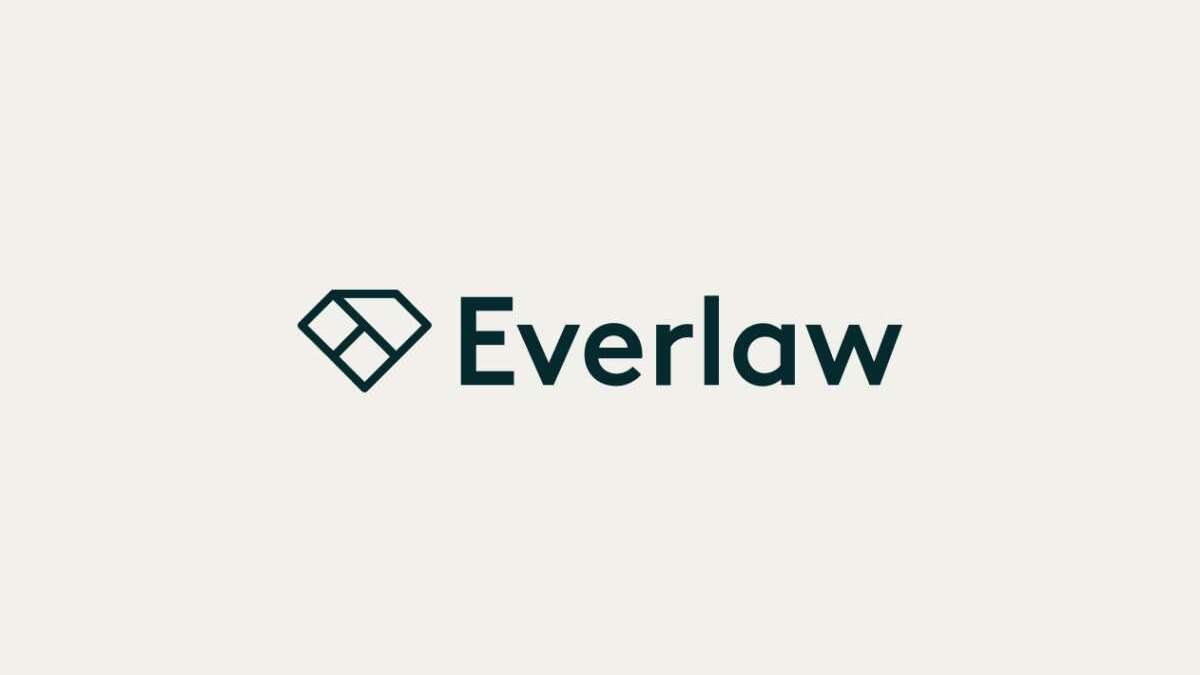The Grand Engineering Challenge Behind an Elegant App: Everlaw Clustering
by Colleen Haikes
For more than a decade, legal teams have conducted clustering—a version of unsupervised machine learning—with little impact. It never lived up to its potential.
But that potential remained. For Everlaw CEO and founder, AJ Shankar, and the Everlaw engineering team, the vision for clustering technology was clear: Let legal teams map their entire data haystack to be seen on one screen—down to the document level—and reveal the hidden relationships within.
It’s a simple idea that belied the complexity of the challenge, and one that became, according to Shankar, “among our biggest achievements to date.”
A Grand Challenge for Big Data
To fulfill this potential, clustering’s unsupervised machine learning would need to group together documents by conceptual similarity and generate insights without requiring any user input—no initial coding or “training the model” required. But today’s massive data sets posed unique scaling issues.
Simple can be harder than complex; you have to work hard to get your thinking clean to make it simple.”
With a grand challenge on their hands, Everlaw engineers identified and applied a new algorithm from academia based on a hierarchical density-based model, rather than tapping the decades-old centroid K-means that past clustering models used.
The team spent more than a year scaling the new model to display 100 times more data. At the same time, they still faced a thorny front-end challenge on how to display the data quickly. In response, the team invented a technique to speed time to display clustering visualization and responsiveness with GPU acceleration in the browser and the cloud.
 Play this video on Vimeo
Play this video on Vimeo
What resulted is a simple, elegant design driven by a powerful AI engine that was not only novel to legal tech—but arguably to the tech industry in its commercial application and scope.
And, importantly, it’s as intuitive to use as Google Earth.
Steve Jobs said it best, “Simple can be harder than complex; you have to work hard to get your thinking clean to make it simple.”
A Side-by-side Comparison to See Built-in Innovation

Why It Matters: Letting the Data Truly Lead
Everlaw Clustering’s AI not only looks different, but has an intentional design to move from a linear to a functional relationship view. Everlaw Clustering is a breakthrough: It is designed to do true discovery, letting the data lead you.
Everlaw believes that the haystacks of legal evidence are only going to get larger, and AI is needed to handle the influx of video and emerging data types now common with hybrid and remote work.
In the midst of growing complexity, we ask, “How simple can it get? How intuitive can we make the most powerful software?” It’s an ongoing process here at Everlaw—one without an endpoint.
To see Everlaw Clustering in action, sign up for a live demo here. When combined with Predictive Coding you’ll get a powerful one-two punch. You won’t be disappointed.
If you’re an engineer interested in taking on big data’s grand challenges, check out our open job listings. We are looking for people like you to join the Everlaw team.

As Everlaw’s Director of Corporate Communications, Colleen Haikes oversees the company’s media relations, social media, and awards, product, and partner news.